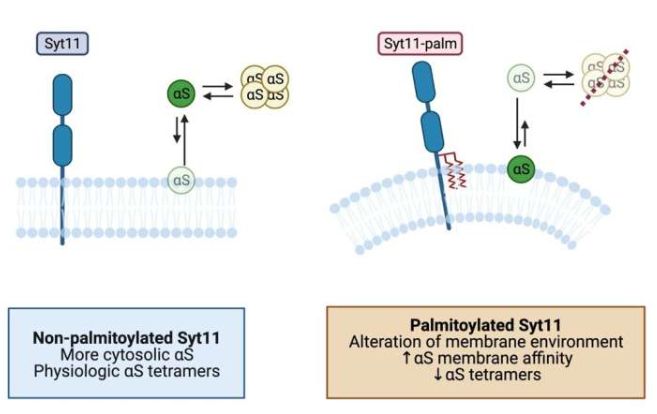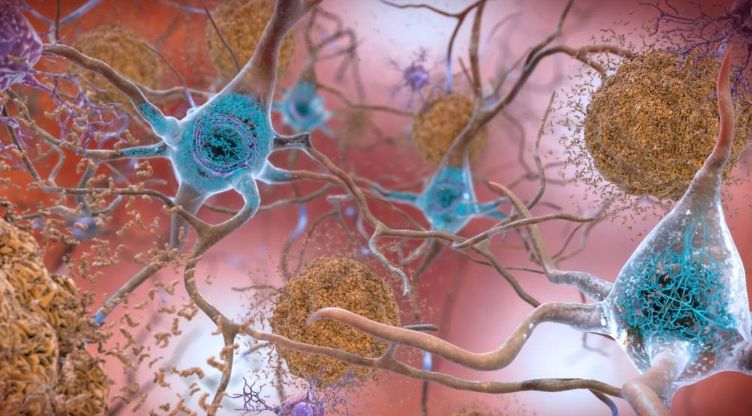
Parkinson’s disease (PD) is the most common neurodegenerative disease. The characteristic motor impairments are due to two main reasons:
- degeneration of the brain’s basal ganglia – this leads to no control over speech, movement, and posture.
- deficiency of the vital neurotransmitter dopamine – which causes constant tiredness, grumpiness, unmotivated and in low spirits.
PD not only affect the motor system, but it is also leads to disturbances at the multiple functional systems. Its affects can be seen on some non-motor functions like mood swings, cognition, anxiety, apathy, hallucinations, constipation, sleep disorders and autonomic nervous system functions like blood pressure and digestion.
Generally, it is treated with medication that boosts dopamine levels in the brain in addition to physical therapies and other supportive measures that is focused on managing symptoms.
Proteins associated with Parkinson’s disease
Recent study, however, has surfaced a particular molecular mechanism that might contribute to the progression of Parkinson’s disease.
Researchers call it a link between two proteins,
- alpha-synuclein, and
- synaptotagmin-11.
Alpha-synuclein is the major player that contribute the PD. Neurons are its major real estate. Although it can be observed in heart, muscle, and other tissues.
The protein is dynamic in nature, that is, it can adopt various shapes and sizes. Like other protein molecules, these too can form chains and interact with each other.
At times, these alpha-synuclein molecules can be too abundant or its chain could be too long. Consequently, these long chains accumulate and form fibrils. And eventually occupy large space in neurons, which lead to the development of lewy bodies.
The neuron will thus be afflicted. Therefore, in due course of time, there will be loss of neurons within substantia nigra (a basal ganglia structure located in the midbrain). The loss leads to significant drop in dopamine level.
As per the researchers, Synaptotagmin-11 has also been involved with less dopamine production. As it inhibits endocytosis, which impairs the ability of neurons to release dopamine.
In other words, accumulation of synaptotagmin-11 restricts the neuron’s expression to release dopamine.

Hallmark cellular pathology of PD
Dr. Gary Ho and colleagues of the Ann Romney Center for Neurologic Diseases at Brigham have discovered that the pairing of the above two proteins contribute to the hallmark cellular pathology of the Parkinson’s disease.
According to Dr. Ho palmitoylation modifies synaptotagmin-11, thus disrupting the homeostasis of alpha-synuclein in neurons.
Thus, the team is able to surface the connection between alpha-synuclein and synaptotagmin-11, which together contribute to the development and progression of Parkinson’s disease.
Researchers envision that with the understanding of the specific biochemical interactions, they could pave way towards the development of new and effective therapies and treatments of PD.
Takeaway
Most of the neurodegenerative diseases have common pathological features, that is, misfolding, aggregation and deposition of protein molecules.
Although, the exact mechanism by which protein misfolding and aggregation occurs have not yet fully understood. However, the connection between two or more proteins and knowledge of their biochemical interactions is indeed a sign of advancement in molecular biology and neuroscience.
Via: MedicalXpress



